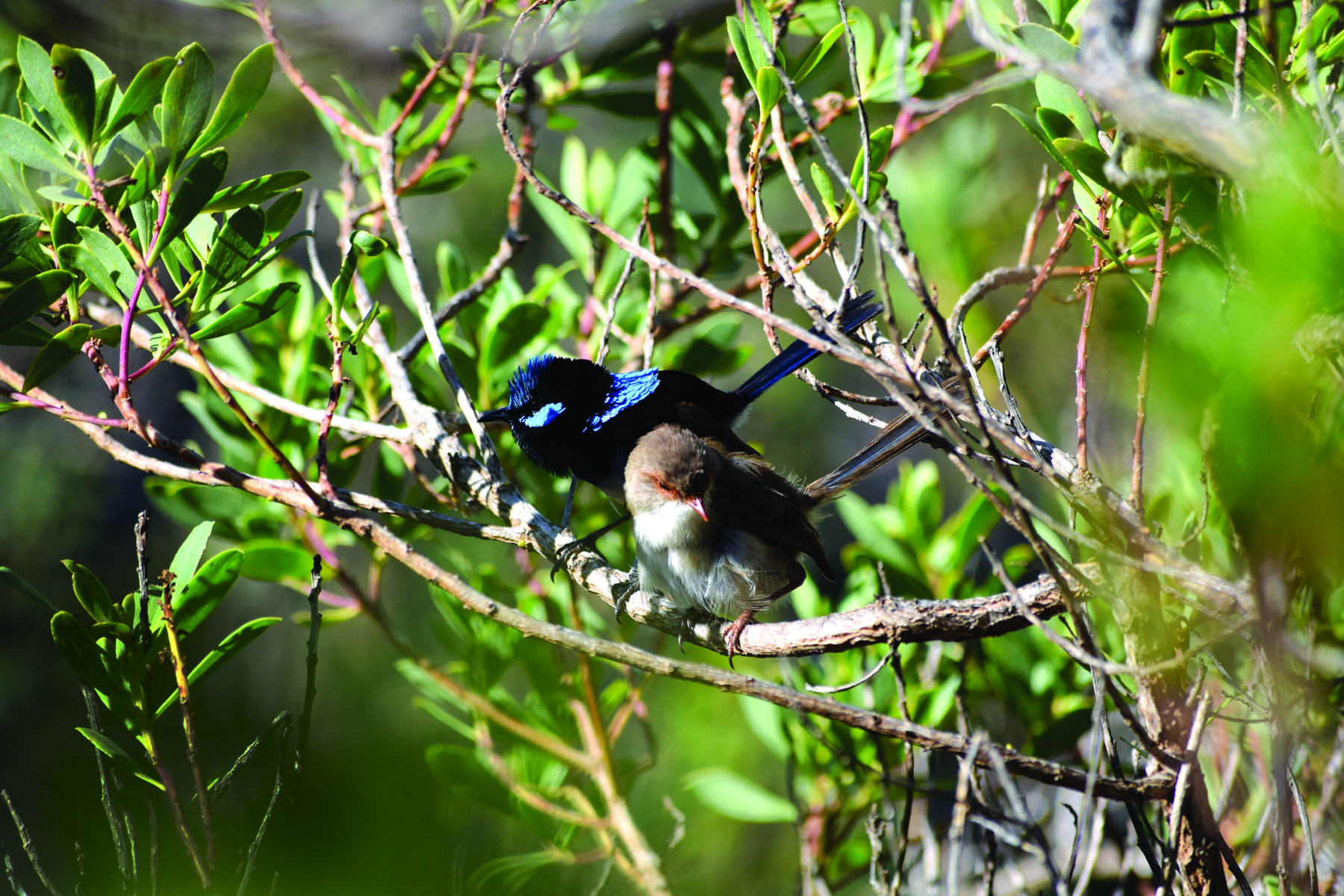Ask scientists what keeps them going and the same answer pops up time and again: the thrill of discovery.
It might be peering through a microscope and spying something no one else has seen. Perhaps it’s hearing the distant call of an animal once thought extinct or finding meaning and insights in reams of data.
But this joy is in no way limited to those with a string of letters after their name.





This is because citizen science is flourishing. There are literally hundreds, if not thousands, of projects around Australia in which anyone can take part.
Some of the first citizen scientists on our continent collected plants for botanist Ferdinand Mueller, who emigrated to Australia from Germany in the mid 1800s. His aim was to collect specimens and catalogue all plants in Australia – too big a job for one man, and especially so nearly 200 years ago.
So he got to recruiting, putting a call-out in newspapers for interested parties. Writing in the Perth Gazette in 1869, Mueller noted: “Without such collateral local aid my works on the plants of the continent can never be completed.”
Of course, it wasn’t called ‘citizen science’ back then, but Mueller’s 1,300 volunteer collectors – including 225 women, back when Australian women weren’t considered to have much enthusiasm for botany – helped him name more than 2,500 plant species.
These days, most universities offer some kind of citizen science program. There are also dedicated citizen science organisations through schools, councils or groups of enthusiasts.
A great way to get started is to take a look at the Australian Citizen Science Association, which lists the biggest repository of projects in the country.
Browse the online catalogue, which was developed with the Atlas of Living Australia, and you’ll see that most projects involve the outdoors in some way. The five categories with the most projects, for instance, are ‘biodiversity’, ‘ecology and environment’, ‘animals’, ‘nature and outdoors’, and ‘birds’.
Many of these projects are great for kids, but adults shouldn’t write them off – there are payoffs for grown-ups too. Aside from knowing you’re contributing to science, people have had species named after them. Mary Kennedy, who lived on a sheep station in NSW and was one of Mueller’s most prolific plant collectors, has a species of grevillea named after her: Grevillea kennedyana. (Gee, Acacia belindasmithii has a nice ring to it. I’d better get searching for wattles.)
You might even get your name published in an academic paper, if you’re very lucky.
Interested? Good. To whet your appetite, here are just a couple of nationwide projects which, at the time of writing, were up and running.
When it comes to animal monitoring, there are loads of bird-related projects. Birdlife Australia’s Atlas of Australian Birds is one of the longest-running Australian citizen science projects – its first phase began in 1971. It tracks how birds move around Australia and participants use an app or online portal to lodge results from their bird surveys.
If you’re paddling or wandering around wetlands and you find a feather, why not send it in to the lovely folk at the Feather Map project? It’s run by the Australian Nuclear Science and Technology Organisation and the University of New South Wales in Sydney, but they’re interested in birds from all over Australia. The aim is to help inform water management practices – a particularly newsworthy topic (just look at the dead fish at Menindee).
Loads of projects contribute data to the Atlas of Living Australia – the nation’s biodiversity database. You can track ants, fairy wrens, superb parrots, bandicoots, echidnas, dolphins, platypuses, bats… just about anything.
And it’s not just native plants and animals the Atlas monitors. Information about feral animals, weeds and diseases such as dieback is needed too – definitely a good reason to keep your eyes peeled while you’re out and about.
What about… poop? Yes, poop. Droppings can tell scientists plenty about the animals that left them. The Scoop a Poop project recruits poop scoopers to scoop poop – possum poop, to be exact – and send it to a lab at Macquarie University. There, biologists will screen the faeces to look for signs of antibiotic-resistant bacteria. That’s right – superbugs don’t only affect humans.
If you like getting under the waves, there’s plenty in the citizen marine science world to keep you occupied. For instance, volunteers monitor the Great Barrier Reef’s health in the Reef Check Australia project.
If the weather is no good or you’re not up for going out, don’t worry – you can participate in projects from the comfort of your couch. Take the plunge – figuratively – with the Virtual Reef Diver project and test your coral-cataloguing skills without getting your feet wet, for instance.
And who knows? You might end up with a scientific discovery to your name. Not bad for a day’s work – or walk.





